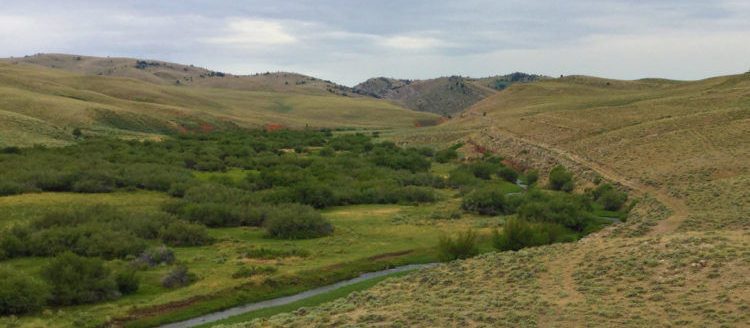Funds available to protect, restore Nebraska working lands, grasslands and wetlands
USDA’s Natural Resources Conservation Service is now accepting applications for the Agricultural Conservation Easement Program. This program, created under the 2014 Farm Bill and reauthorized in the 2018 Farm Bill, provides funding for the purchase of conservation easements to help productive farm and ranch lands remain in agriculture and to restore and protect critical wetlands and grasslands.
Nebraska State Conservationist Craig Derickson said, “Conservation easements are a good tool to ensure natural resources are conserved and protected for all Nebraskans. We encourage Indian tribes, state and local governments, non-governmental organizations and private landowners to contact their local NRCS office to find out how to apply.”
The main goal of ACEP is to prevent productive agriculture land from being converted to non-agricultural uses and to restore and protect wetlands and wildlife habitat. Cropland, rangeland, grassland, pastureland and nonindustrial private forestland are eligible.
Applications can be submitted at any time, but to be considered for 2020 funding opportunities, applications in Nebraska must be received by April 3. Applications are currently being accepted for both agricultural land and wetland reserve easements.
NRCS provides technical and financial assistance directly to private and tribal landowners to restore, protect, and enhance wetlands through the purchase of conservation easements. Eligible landowners can choose to enroll in a permanent or 30-year easement. Tribal landowners also have the option of enrolling in 30-year contracts.
A key option under the agricultural land easement component is the “grasslands of special environmental significance” that will protect high-quality grasslands that are under threat of conversion to cropping, urban development and other non-grazing uses. To qualify, the application would need to be in an area meeting the designated criteria.
All applications will be rated according to the easement’s potential for protecting and enhancing habitat for migratory birds, fish and other wildlife. Eligible applicants will be compensated with a payment rate comparable to the local land use value.
Applicants will need to provide accurate records of ownership and ensure they have established current fiscal year ownership eligibility with USDA’s Farm Service Agency. Application information is available at your local USDA Service Center and at www.nrcs.usda.gov/GetStarted.
“NRCS staff will work with all interested applicants to help them through the application process and provide one-on-one assistance to create the conservation easement option that works best for their farming or ranching operation,” Derickson said.
For more information about the USDA Natural Resources Conservation Service and the programs and services it provides, visit your local USDA Service Center or www.ne.nrcs.usda.gov.

